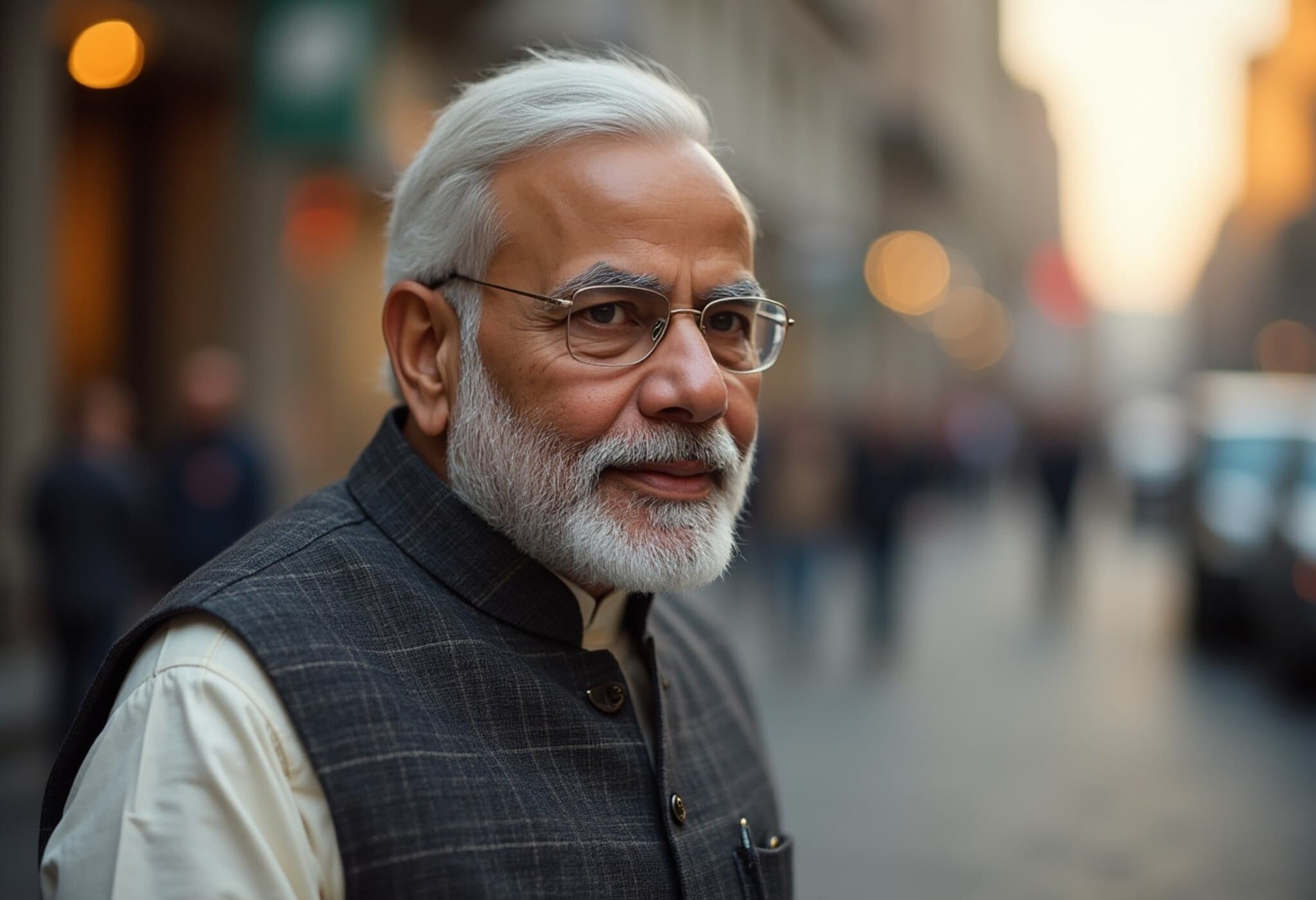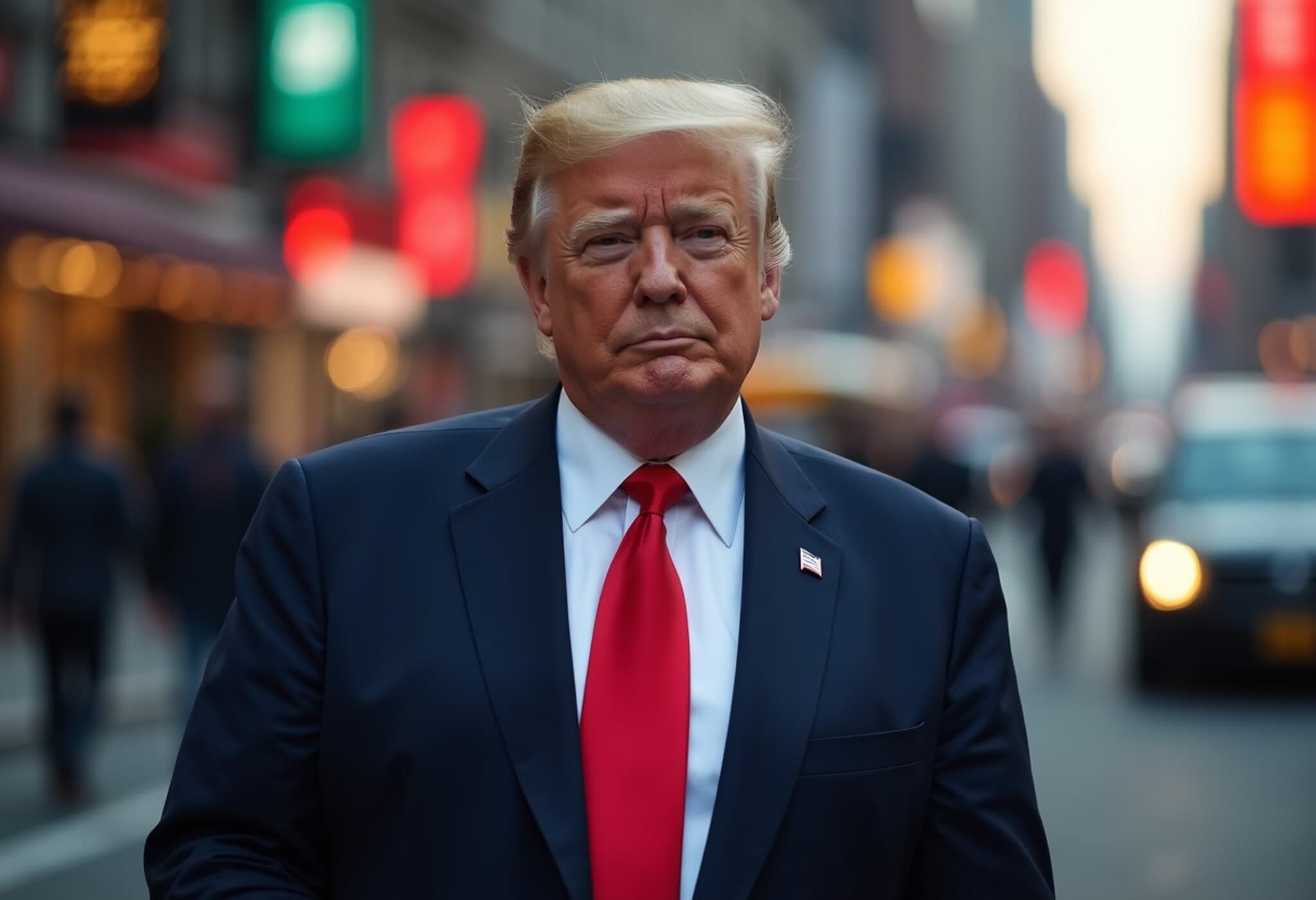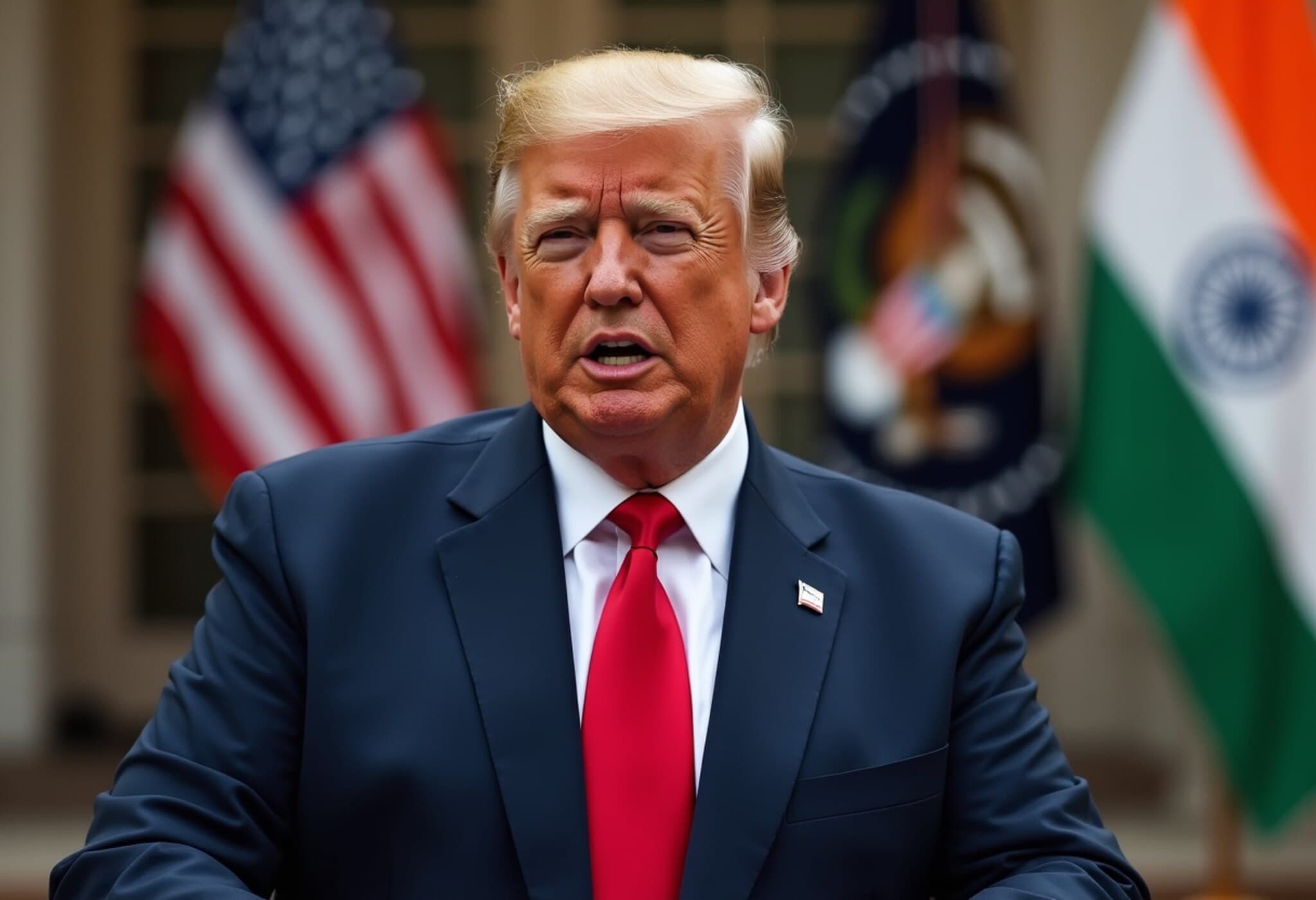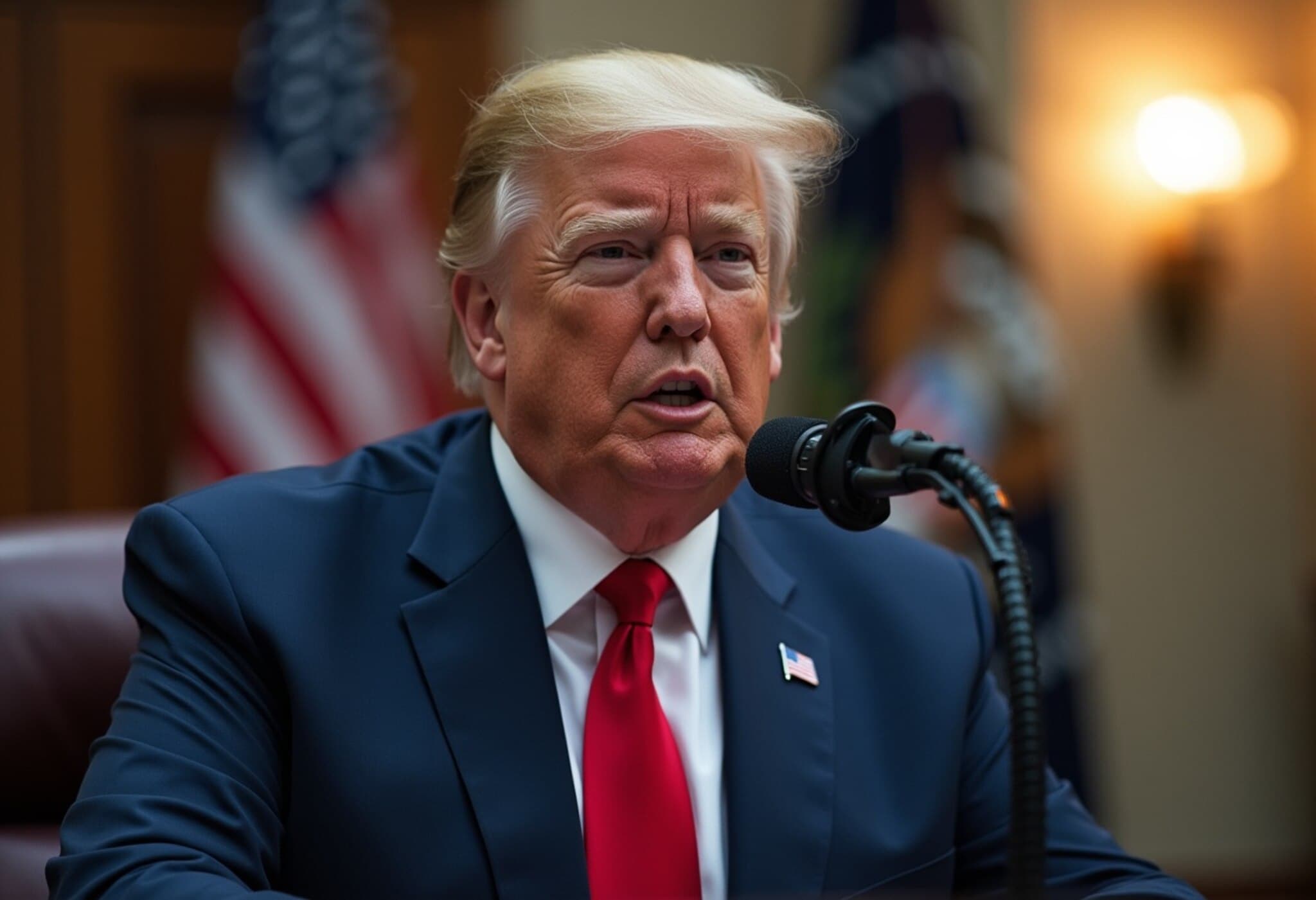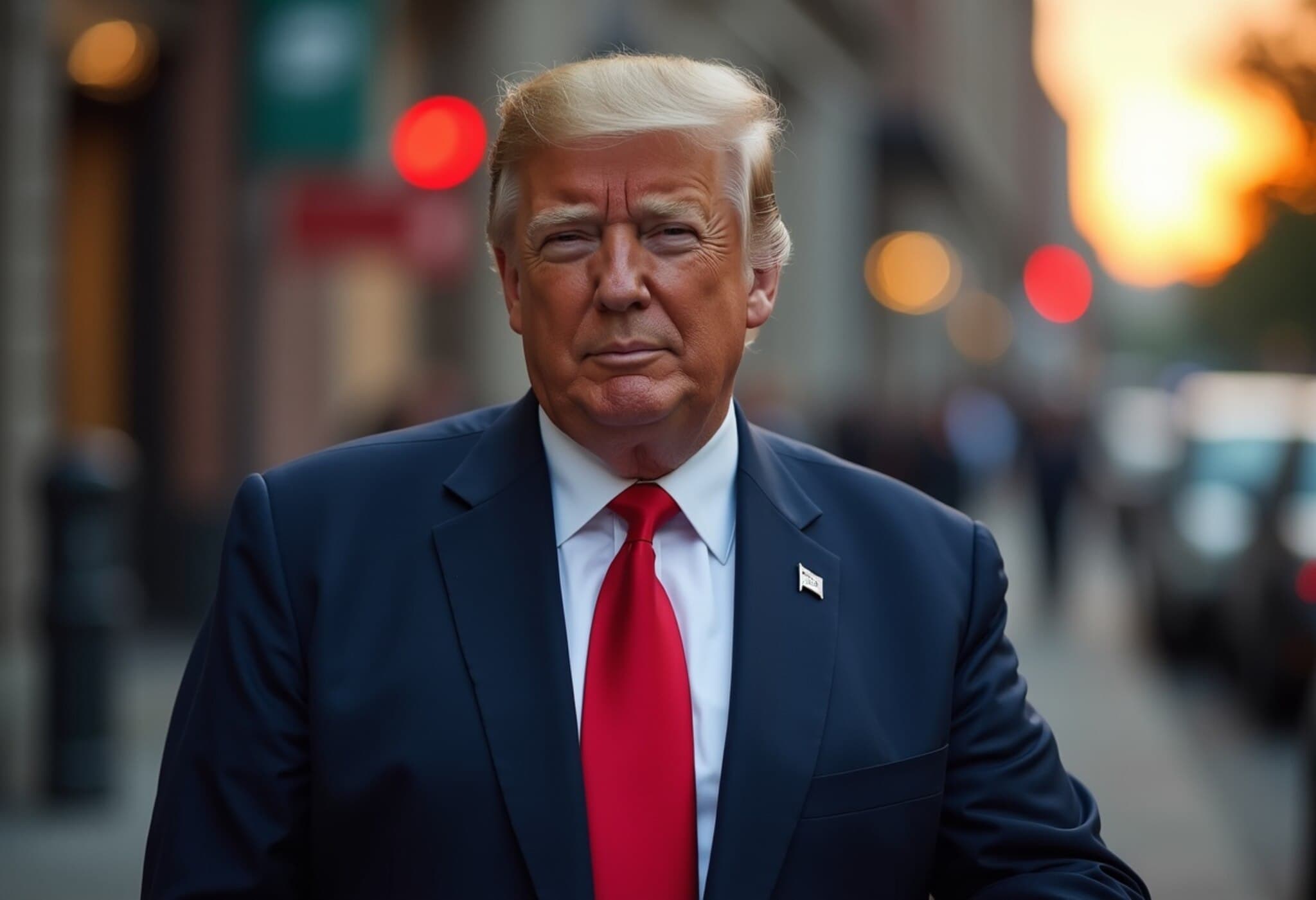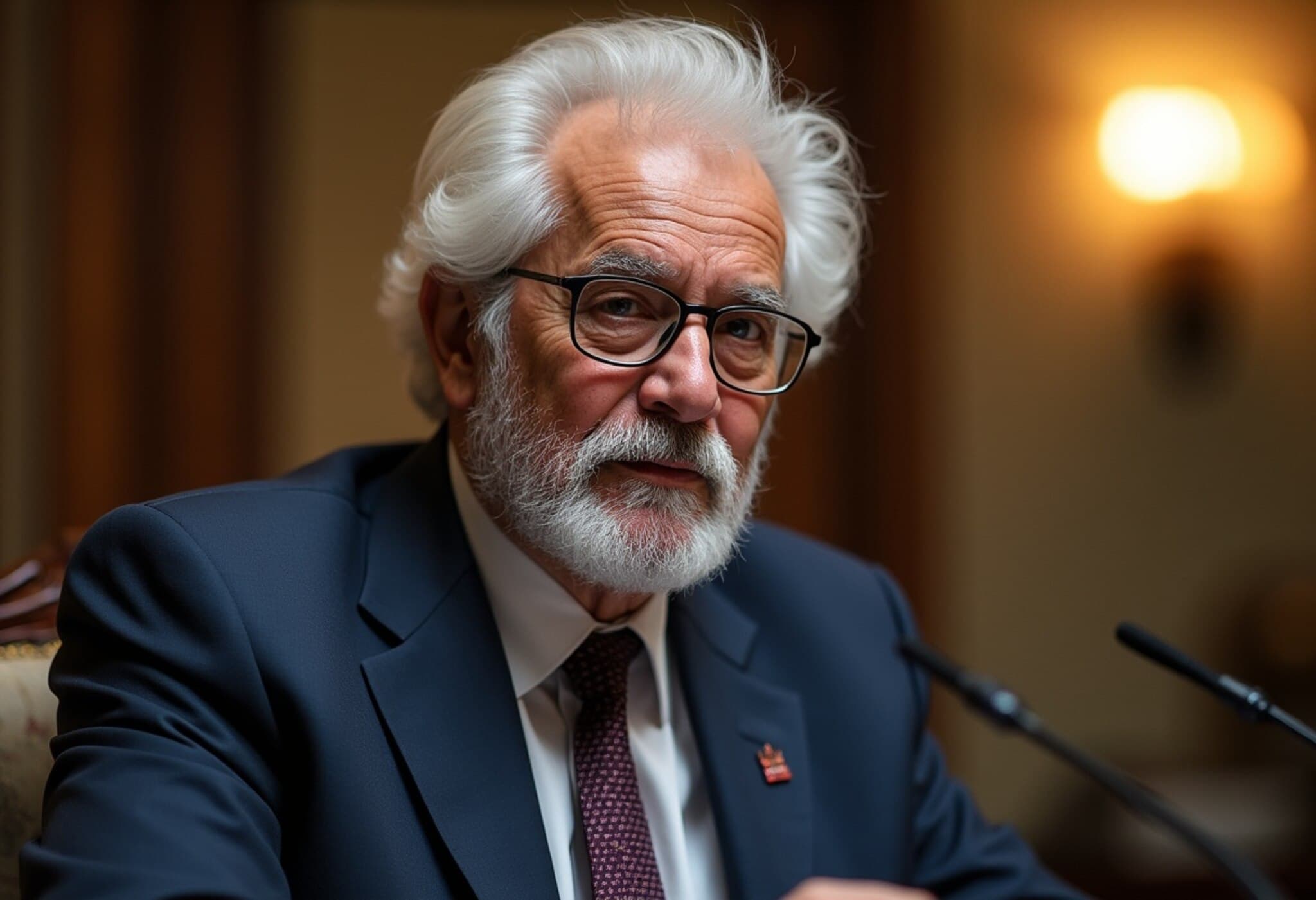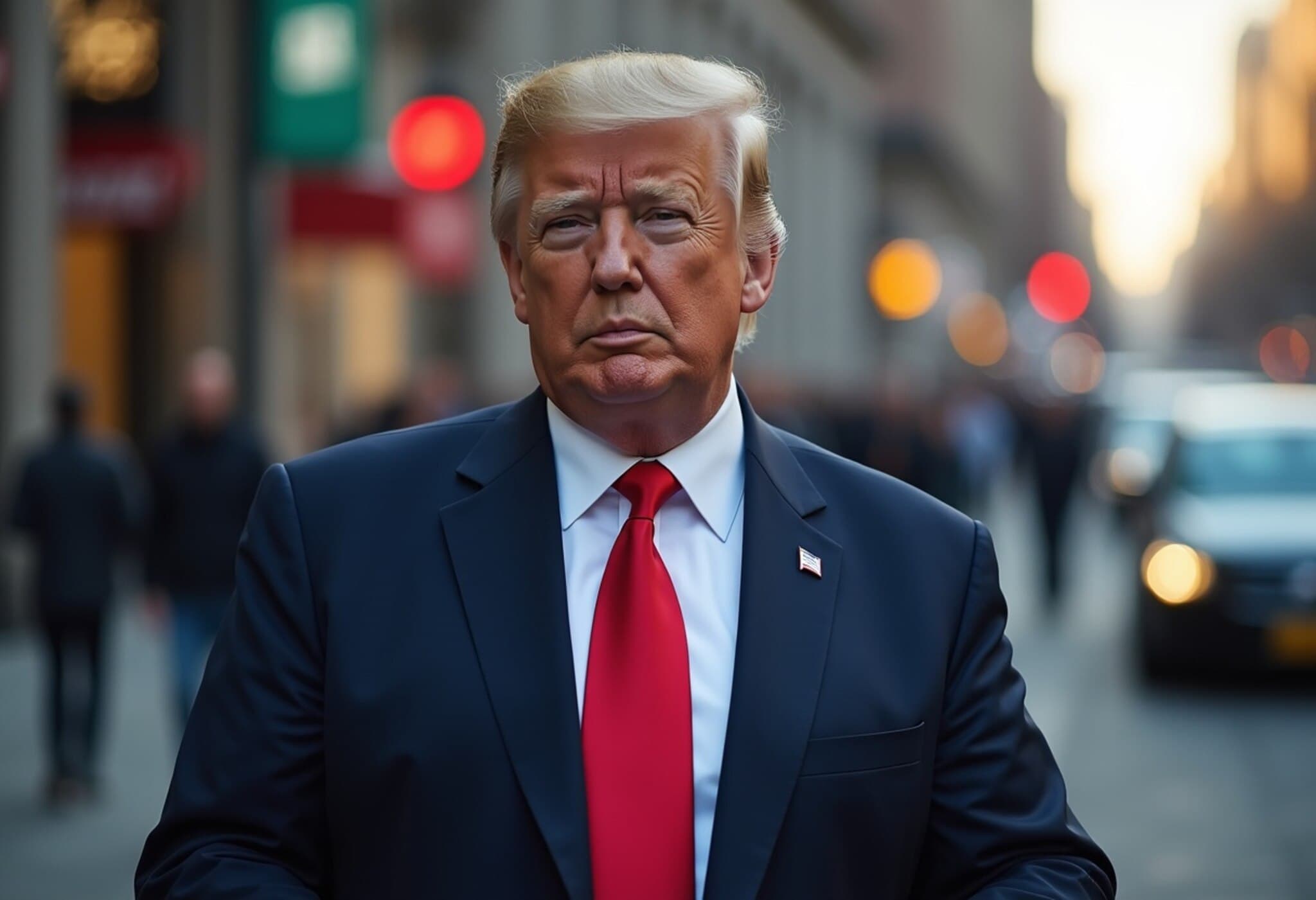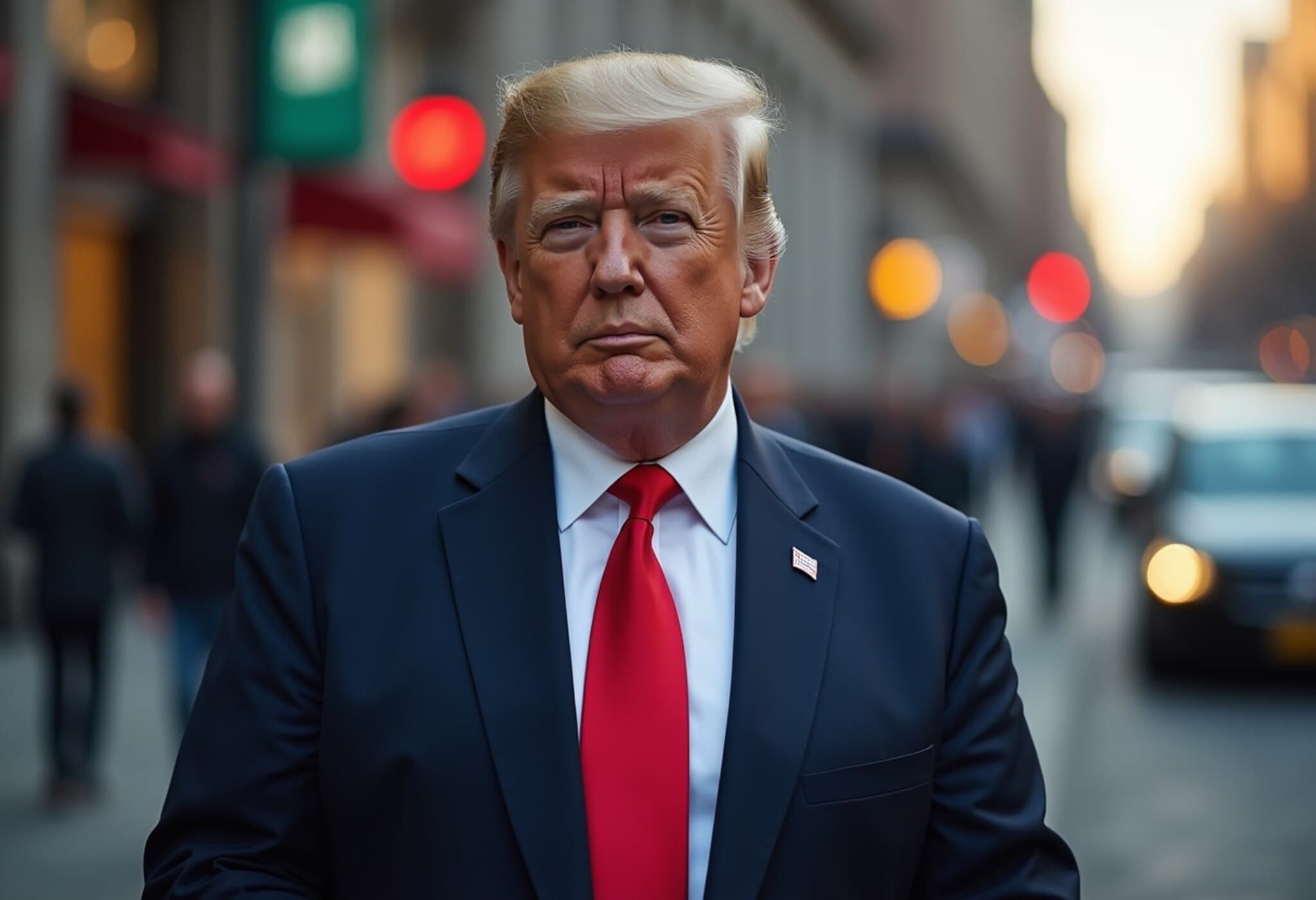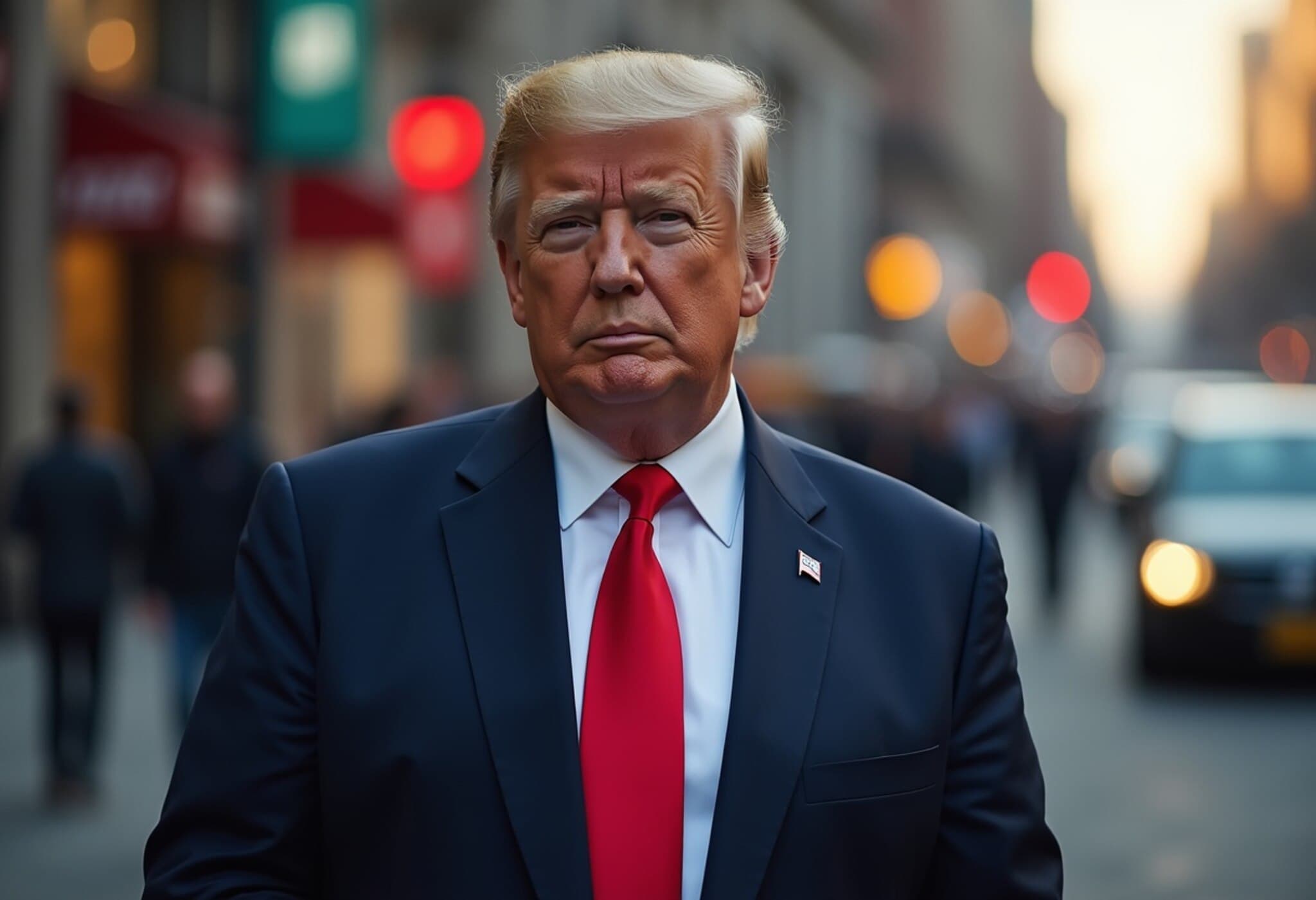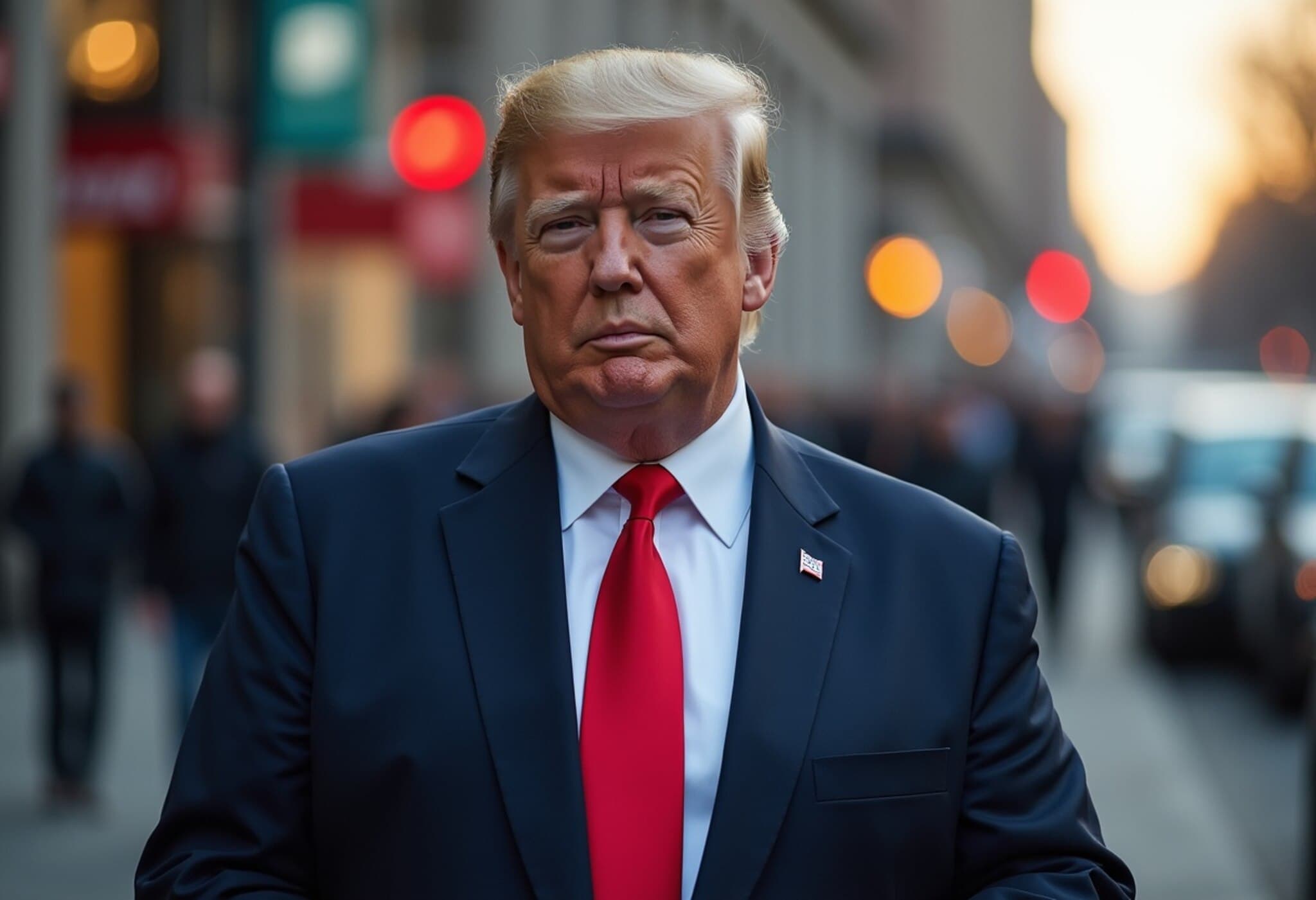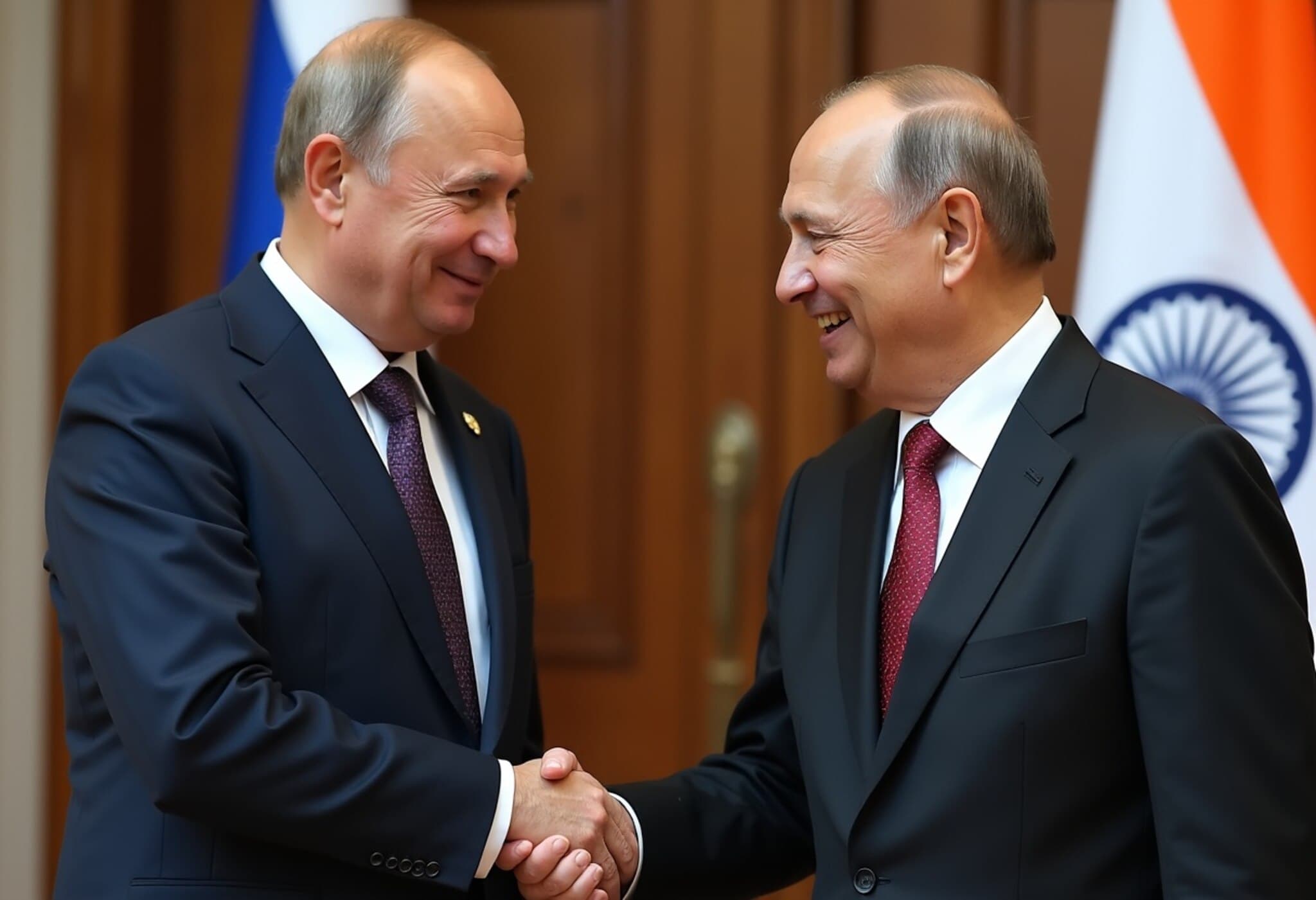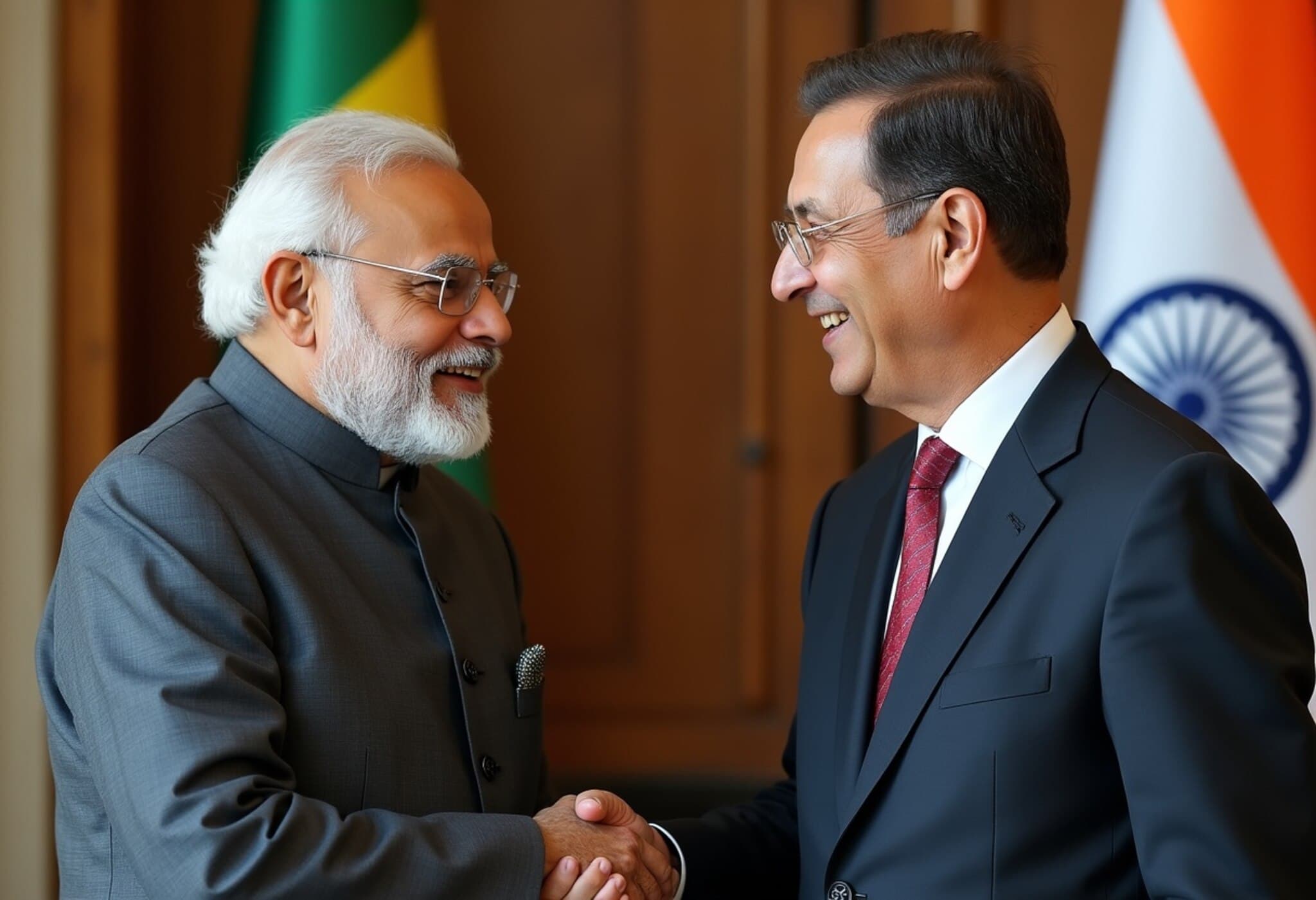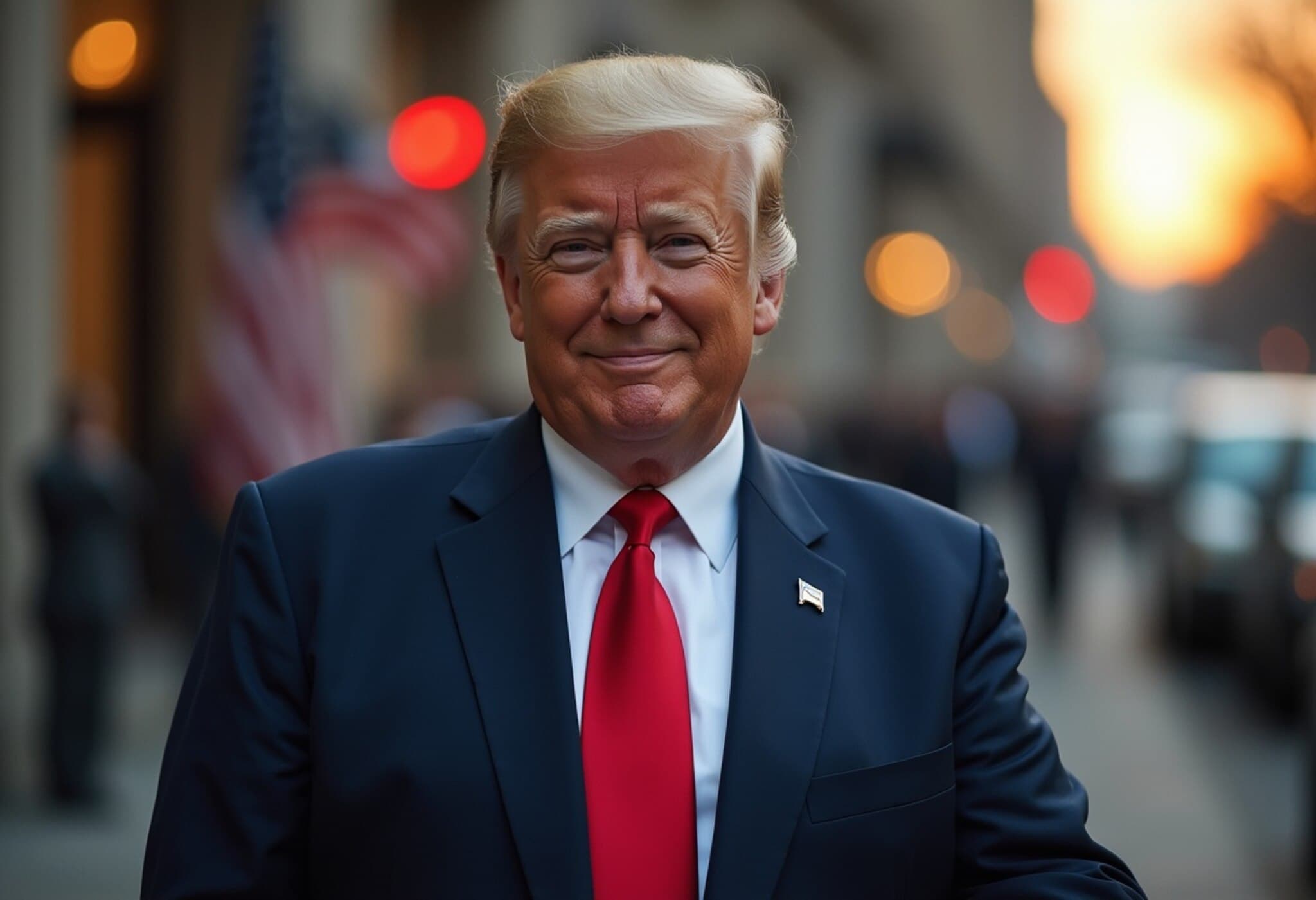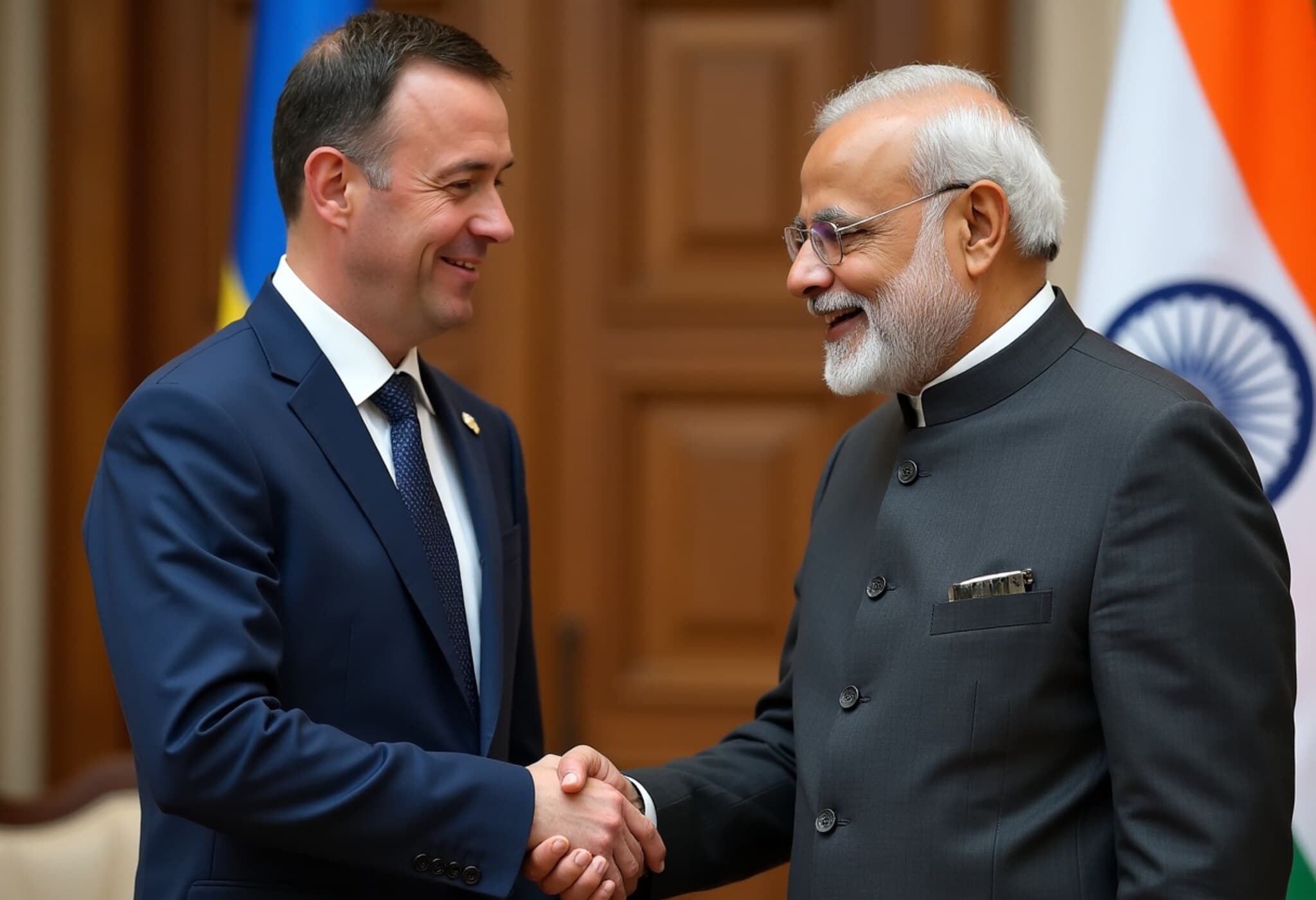US Escalates Tariffs on Indian Goods to 50% Starting August 27
In a sharp escalation of trade tensions, the United States announced on Monday an official 25 percent increase in tariffs on Indian imports, effectively doubling the previous rate to 50 percent. This move, set to take effect at 12:01 a.m. Eastern Daylight Time on August 27, 2025, is enforced under President Donald Trump’s Executive Order 14329, signed on August 6.
The U.S. Department of Homeland Security, through Customs and Border Protection (CBP), confirmed the application of these additional duties on Indian products entering U.S. markets. The measure targets goods “entered for consumption, or withdrawn from warehouse for consumption” on or after the deadline.
Background: The Russia-India-U.S. Trade Triangle
This tariff hike is rooted in Washington’s efforts to curtail Russia’s oil revenues amid the ongoing conflict in Ukraine. The Trump administration has expressed strong disapproval of India’s persistent purchases of Russian oil, which the U.S. views as indirectly financing Moscow’s military actions.
According to Vice President J.D. Vance, speaking to NBC News, “aggressive economic leverage,” including these secondary tariffs, is intended to exert maximum pressure on Russia by tightening the economic stranglehold, urging President Vladimir Putin towards peace negotiations.
From the U.S. perspective, the tariffs are less about trade imbalances and more a strategic tool in geopolitics—leveraging economic policy to influence international conduct. However, this approach has drawn criticism for potentially destabilizing diplomatic relations with India, a pivotal global partner.
India’s Response: Resilience and Economic Sovereignty
India has firmly rejected the tariffs as unfair secondary penalties, asserting that its decision to continue imports of Russian oil aligns with national interests and energy security. Prime Minister Narendra Modi, speaking at a gathering in Ahmedabad’s Nikol area two days before the levies come into effect, emphasized India's resolve in the face of economic pressure.
“No matter how much pressure comes, we will keep increasing our strength to withstand it,” Modi declared, highlighting the government's priority on empowering small entrepreneurs, farmers, fishermen, and livestock rearers—sectors vulnerable to such international trade shocks.
Further, Modi addressed the broader context, subtly referencing global economic dynamics without naming the U.S., lamenting the rise of “politics of economic self-interest” that threatens the livelihoods of the average citizen. He urged Indians to embrace Swadeshi (self-reliance) and Make in India initiatives as cornerstones for building a stronger, more independent India. The Prime Minister credited Gujarat’s two decades of industrial and entrepreneurial development as a foundation for the national campaign of Atmanirbhar Bharat (self-reliant India).
Economic and Strategic Implications
This tariff escalation poses multifaceted challenges — economically to Indian exporters facing diminished competitiveness in the U.S. market, politically to bilateral ties strained by conflicting diplomatic interests, and strategically as India balances its traditional partnerships with the geopolitical pressures emanating from the Russia-Ukraine war.
Experts within U.S. policy circles argue that while tariffs can be an effective tool for signaling disapproval or exerting pressure, they risk alienating key allies. India, as one of the world’s largest emerging economies and a democratic partner of the U.S., occupies a delicate position that requires diplomatic finesse beyond mere economic sanctions.
Meanwhile, Indian industries reliant on exports to the U.S. — particularly textiles, agriculture, and manufacturing sectors — are bracing for possible revenue shortfalls. The higher tariffs could accelerate the push toward diversifying export markets or increased domestic production to offset external shocks.
Looking Ahead
- Will the tariff increase advance the U.S. objective of pressuring Russia? The effectiveness of economic sanctions in conflict resolution remains debatable.
- How will India reconcile its strategic energy needs with maintaining strong US ties? The balancing act could redefine aspects of Indo-US relations.
- Could this spark a broader trade dispute? There is potential for retaliation or renegotiation affecting other sectors.
As the global economic landscape remains volatile, these developments underscore the intricate interplay between trade policy and geopolitics.
Editor’s Note
The U.S.’s imposition of steep tariffs on Indian imports marks a pivotal moment where trade policy becomes an instrument of geopolitical strategy, with significant implications for global alliances and economic stability. Readers should watch how India’s emphasis on self-reliance and resilience will shape its responses domestically and on the world stage. The unfolding scenario invites reflection on the limits of economic coercion, the sovereignty of national interests, and the future trajectory of Indo-US relations amid global power shifts.

